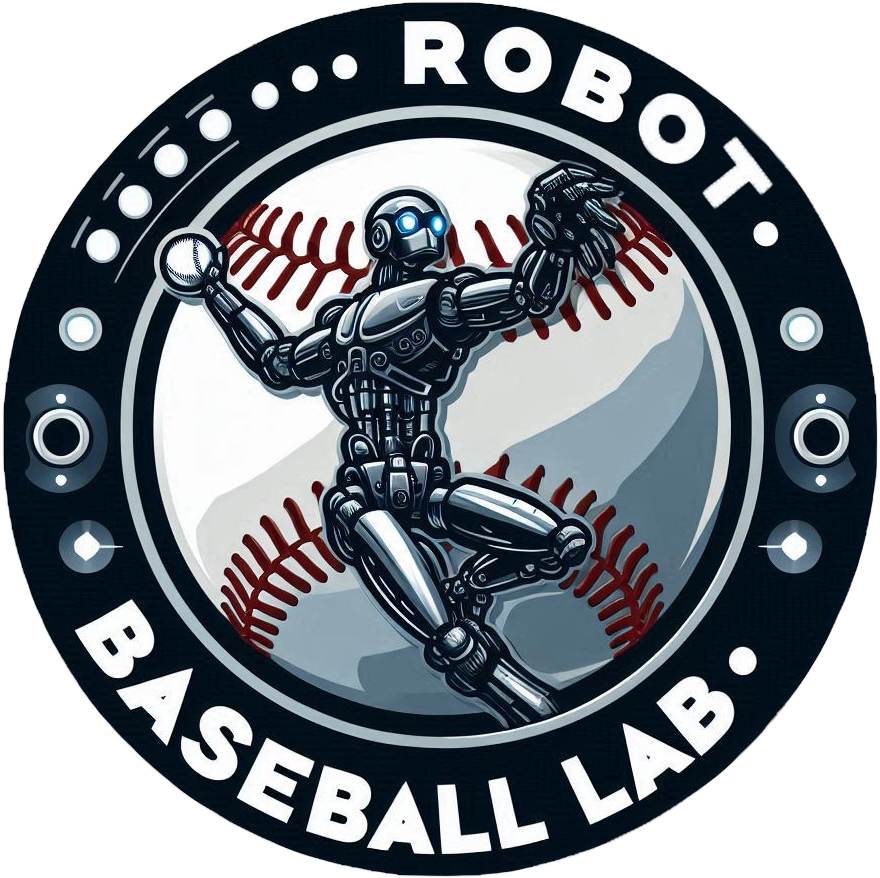
Joe Liechty
Hi, my name is Joe Liechty! I am a roboticist, mechanical engineer, and computer scientist. The Robot Baseball Lab is a place for me share the interesting projects that I have worked on.
I am currently a Ph.D. student in the School of Computing at the University of Utah where I study autonomy and task planning for medical robots. In the past I have researched topics such as additive manufacturing, design theory, and haptics.
I am especially interested in robot manipulation of objects and in collaborative robots (cobots) that work alongside people. I want to help people be more excited about robots and artificial intelligence tools. I believe that these tools will benefit each of us, but only if we understand how to use them and have a desire to do so. As part of my outreach to the future generations of roboticists, I taught college-level mechatronics classes during my master’s degree. I hope to find more opportunities throughout my career to spark excitement about robotics in others.
Degrees
Ph.D. Candidate in Computer Science (Robotics and AI)- University of Utah
M.S. in Mechanical Engineering (Robotics) – University of Utah
B.S. in Mechanical Engineering – Brigham Young University
Coursework
- Robotics (BYU)
- Control Theory (BYU/Utah)
- Wearable Robotics (Utah)
- System Identification (Utah)
- Machine Learning (Utah)
- Haptics (Utah)
- System Dynamics (Utah)
- Artificial Intelligence (Utah)
- Computer Vision (Utah)
Why Robot Baseball?
Ted Williams, a former Boston Red Sox’s player and one of the greatest MLB hitters of all time, told the New York Times in 1982 that, “I’ve always said that hitting a baseball is the hardest thing to do in sports. The hardest thing – a round ball, round bat, curves, sliders, knuckleballs, upside down and a ball coming in at 90 miles to 100 miles an hour, it’s a pretty lethal thing.”
Short stop and Hall of Famer Ozzie Smith said that hitting is difficult, “[s]imply because you’re hitting a round object that’s traveling at 95 to 100 miles per hour and you’re trying to hit it on the square part of a round bat…It takes great hand-eye coordination. And the guys who do it and leave this game with an over .300 batting average, I look at those guys as being super, super players.”
A task you only need to achieve 30% of the time in order to be considered successful? Sounds perfect for a robot! All jokes aside though, picking up an object, estimating its kinematics and dynamics, planning how to manipulate the object so that it intercepts another object moving at high velocity at a desired position and orientation with an appropriate amount of force, and then executing that plan…just talking about it is a lot! Doing it all is an incredibly difficult task for a person and an even more difficult for a robot.
A robot that can do this may not be incredibly useful beyond being a cool party trick or a viral YouTube video, but the approach to solving this problem can be applied to other manipulation tasks that are more useful such as surgery, working on a construction project, or working with astronauts on the moon. That is why my personal research projects are focused towards this goal: having fun solving the challenging problems of getting a robot to play baseball in ways that translate to other, more impactful, tasks.
